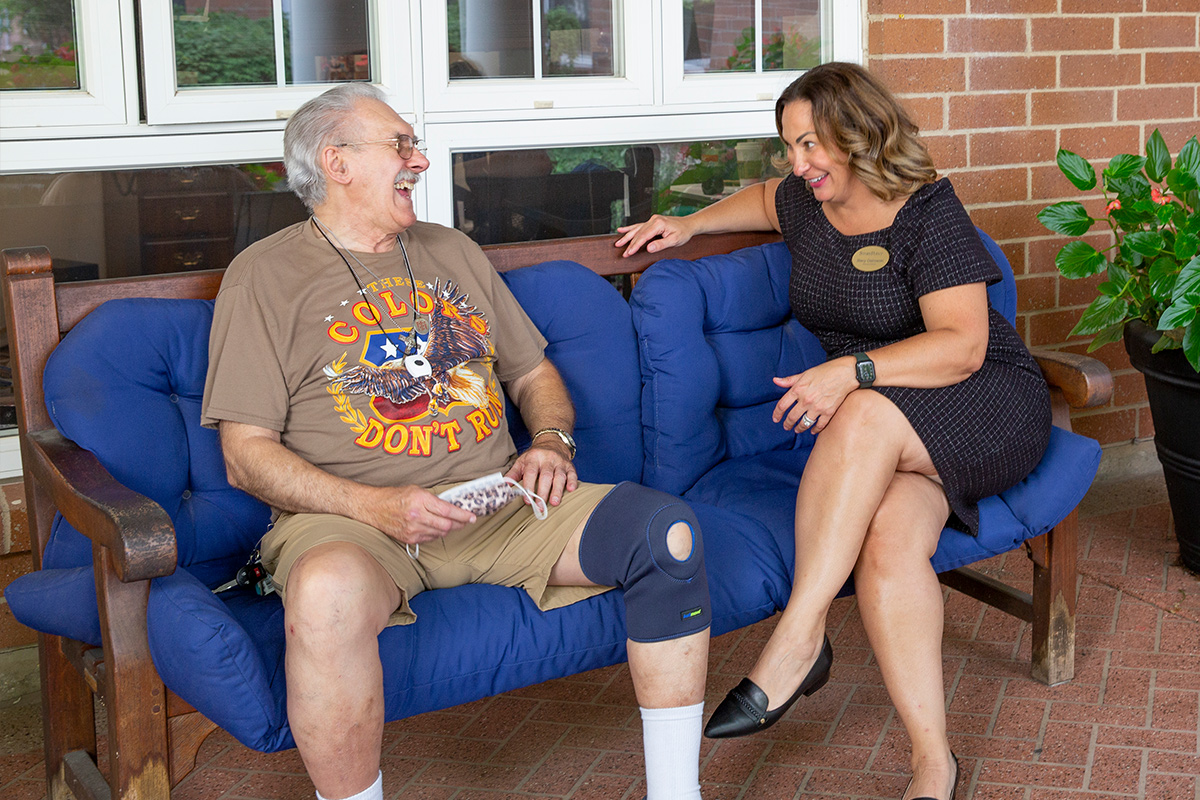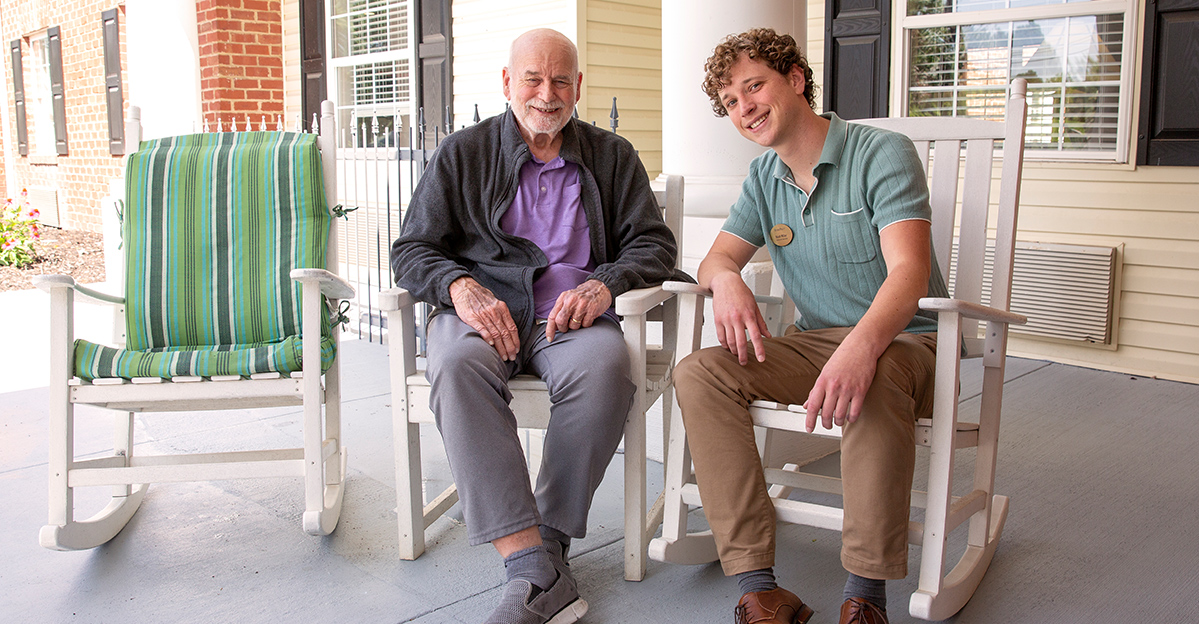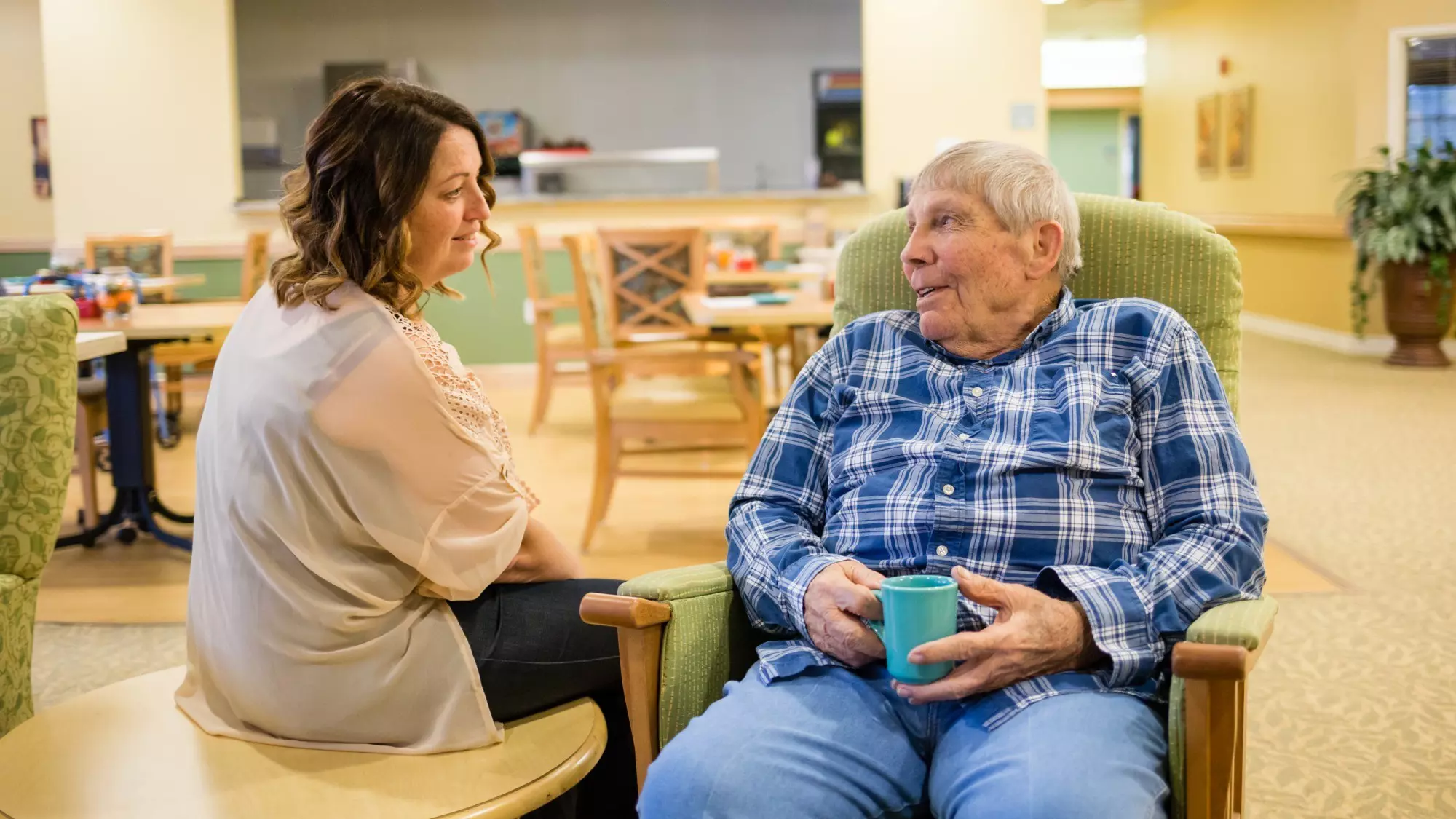Senior living communities, like assisted living communities, help older adults live comfortable, happy and healthier lives. However, each community is different, and seniors don’t always have the same needs. While you may know that a family member could use some assistance to get through their day, finding the appropriate level of care for their unique needs can be less straightforward. Our comprehensive guide explores the key assisted living levels of care to help you find the best fit for your loved one’s unique needs.
Understanding Each Level Of Care
When looking into assisted living for a family member, it can be helpful to understand the different levels of assisted living. While most communities may provide similar services and amenities, there are a few key levels of care to choose from, depending on your specific situation.
Some assisted living communities may break down care into three, four or even more levels. But generally speaking, there are three key levels of care for assisted living:
Level 1: Basic Care
This level is perfect for seniors who are mostly independent but could use a little extra help with daily tasks. If your loved one can manage their day-to-day activities but needs assistance with things like medication reminders, housekeeping or meal preparation, this level may be ideal. Residents typically get help with light housekeeping and occasional personal care.
Level 2: Moderate Care
Residents in Level 2 are usually fairly independent seniors who need more regular help to get through their day. They might need assistance with activities of daily living (ADLs), such as bathing, dressing and meal preparation.
Level 3: Advanced Care
This level is appropriate for people who need a high amount of assistance throughout the day. Residents in Level 3 typically require help with almost all activities of daily living (ADLs), including getting out of bed, eating, toileting and mobility.

Transitioning Between Levels Of Care
Transitioning between different levels of care in assisted living can seem overwhelming, but it’s often a necessary step to ensure your loved one continues to receive the right support. Here’s how to make these transitions smoother.
- Monitor Your Loved One’s Needs: Sometimes, needs might change over time. It’s important to pay attention to signs like difficulty with daily tasks, increased forgetfulness or mobility issues. If you notice significant changes in your family member’s needs, it might be time to consider other assisted living levels of care.
- Communicate With Employees: Keep in close contact with the caregivers and employees at the assisted living community. They can provide valuable insights into your loved one’s daily routines and any new challenges they’re facing.
- Emotional Support: Transitions can be emotionally challenging for both you and your loved one, and your support and understanding are crucial during this stage of their journey. Whenever possible, spend time with them or stay in touch regularly to see how they’re doing.
Determining The Right Level Of Care
Determining the right level of care is a big decision, but with some careful thought and consideration, you can find the best fit for your loved one’s needs. Here are a few steps to help you:
- Assess Your Family Member’s Needs: Start by looking at your loved one’s daily activities. Do they need help with basic tasks, like cooking and cleaning, or do they require more hands-on assistance with bathing, dressing and medication management? Make a list of what they can do independently and where they could use extra help.
- Consider Their Health: Take into account any medical conditions or health concerns. Seniors with chronic illnesses, mobility issues or cognitive impairments, like dementia and Alzheimer’s, may need a higher level of care. You can speak with your loved one’s doctor to get a clear picture of their health needs.
- Talk To Your Loved One: Have an open and honest conversation about their needs and preferences and include them in the decision-making process as much as possible. Ask them how they feel about their current situation and what kind of support they think would be helpful.
- Consult With Professionals: Reach out to the employees at potential assisted living communities. They can provide valuable insights into the different levels of care they offer and help you understand which level might be best for your loved one.

Comparing Assisted Living To Other Senior Care Options
Choosing the right care option can help ensure your beloved senior gets the care they need. Here’s a comparison of assisted living and other senior care options to help you understand the differences:
- Independent Living: Independent living communities are designed for independent older adults who desire a community setting. These communities typically provide social activities, dining options and housekeeping services to help make residents’ lives more comfortable and enjoyable.
- Enhanced Living: Enhanced living communities provide a wonderful mix of personalized care, like housekeeping, dining and transportation. This option is perfect for a loved one who needs a little help with daily tasks, but prefers a more private, independent lifestyle.
- Assisted Living: Assisted living communities are ideal for seniors who need some help with daily activities. They offer a mix of housing, personal care and health services. Residents usually have their own apartments and get assistance with things like medication, meals and housekeeping. It’s a great option if your loved one needs help with some tasks to go about and enjoy their day.
- Nursing Homes: Nursing homes are designed for individuals who need specialized medical care. They typically provide 24-hour supervision, skilled nursing care and help with activities of daily living (ADLs). This option is best for people with serious health conditions or disabilities that require specialized medical attention.
- In-Home Care: In-home care allows your loved one to stay at home while receiving the help they need. This option is ideal if your loved one prefers to stay in their own home, but needs assistance to remain safe and comfortable.
- Memory Care: Memory care communities provide a secure environment with structured activities and specially trained employees to handle the unique needs of memory care residents. If your loved one has significant memory issues, like Alzhiemer’s or dementia, memory care may be worth considering.
- Adult Day Care: Adult day care centers provide care and social activities for seniors during the day, allowing them to return home in the evening. This is a good option if your loved one needs care and companionship during the day, but has family support at home.
How Assisted Living Levels Of Care Impact Cost
When planning for your loved one’s care, it can be helpful to understand how the different assisted living levels of care can impact cost.
- Basic Care: This level is typically the least expensive because it includes minimal assistance. Costs usually cover things like housekeeping, meal preparation and occasional help with personal care. If your loved one is mostly independent but needs a bit of support, this option can be more affordable.
- Intermediate Care: Intermediate care is typically more costly than basic care because it includes more hands-on assistance. The increased support can mean higher costs, but it ensures your loved one gets the help they need.
- Advanced Care: Advanced care is the most expensive because it offers comprehensive support. This level includes constant supervision, help with all personal care needs and medical attention for those with serious health conditions or memory issues.
What To Consider
When thinking about costs, it’s important to remember that each community might price their services differently. Some may offer all-inclusive pricing, while others might charge separately for each service. You can ask for a detailed breakdown of costs so you understand what you’re paying for.
Balancing Cost And Care
While it’s natural to be concerned about expenses, it’s equally important to ensure your loved one gets the appropriate level of care.

Learn How Much Senior Living Costs Near You
Senior living communities provide a comfortable and supportive environment for older adults. While it’s hard to put a price tag on care, it can be useful to understand how much senior living will cost. Our cost calculator helps you get a clearer picture of what to expect financially and find the option that best fits your specific situation and budget.
How To Choose The Right Assisted Living Community
Various assisted living care levels aim to provide a supportive environment where seniors can thrive. However, with many communities to choose from, finding a home for your loved one can seem like a challenging task. Here’s a step-by-step process to help you narrow down your options:
Step 1: Assess Your Loved One’s Needs
It’s important to start by understanding the level of care your loved one requires and carefully consider their health needs, their ability to perform activities of daily living and any special care requirements. This can help you determine which communities offer the appropriate level of care for their specific needs and situation.
Step 2: Set A Budget
Now that you understand how much help your family member needs, determine how much you can afford to spend on assisted living. Knowing your budget can help you narrow down your options to communities that best fit your current situation.
Step 3: Research And Make A List
Look for assisted living communities in your area, and make a list of those that seem to meet your loved one’s unique needs and fit within your budget. You can use online resources, ask for recommendations from friends and family or consult with a senior care advisor.
Step 4: Tour Communities
Schedule visits to the communities on your list. During your tour, pay attention to how clean the community is, friendliness of the employees and the overall atmosphere. Also ask about the assisted living levels of care they offer, and observe how residents are treated.
Step 5: Ask Questions
Prepare a list of questions to ask during your visit. Here are some crucial questions you may ask:
- What is the employee-to-resident ratio?
- Are there any additional fees for certain services?
- What activities and amenities are available for residents?
- What assisted living levels of care are available?
Step 6: Review Community Paperwork
Once you’ve narrowed down your choices, it’s a good idea to review the contracts and policies of your top options. Pay close attention to the terms and conditions, payment structure and any community rules or restrictions. Some communities may offer additional services at an extra cost. It’s important to understand these details and plan accordingly.
Step 7: Make A Decision
After gathering all the information, discuss your findings with your loved one and other family members. Finally, carefully consider your loved one’s preferences and feelings about each community and choose the community that best fits their specific needs, your budget and provides a welcoming environment.
Your Loved One’s Well-Being Is Our Priority
At StoryPoint Group communities, we understand that transitioning to assisted living can be an emotional and challenging journey, filled with both hope and uncertainty. We want you to know that providing the absolute best experience for your loved one is at the heart of everything we do. Our team of dedicated and experienced employees is committed to meeting each resident’s unique needs — so they can make the most of each day. To find out what it’s like to live with us, schedule a tour of a nearby StoryPoint Group community or call us today at 1-844-275-9990.












